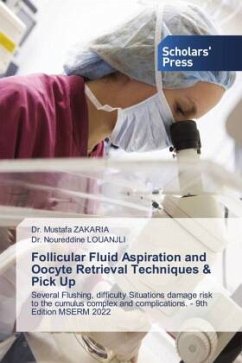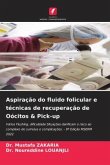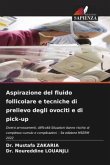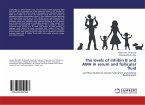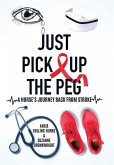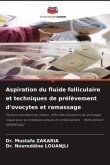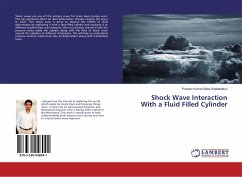In Assisted Reproductive Technology (ART), oocyte retrieval is a vital step. It was initially performed through laparoscopy, which was complex and difficult and of low efficiency. Ultrasound-guided transvaginal oocyte retrieval was safer and more effective; it is presently the standard operation for in vitro fertilization (IVF) treatment. Theoretically, oocyte retention is achievable after the initial aspirate due to abnormal development of the follicle or oocyte and human technical factors, and such retention could be overcome by recurrent follicular flushing. Follicular flushing is considered to maximize the number of oocytes retrieved and thereafter to improve the rate of IVF pregnancy. There are a number of factors that can affect egg collection and/or egg damage. These involve variables like pump vacuum flow, velocity, needle bore size and length, follicle pressure and size and collection techniques. Cook Medical Technology, Brisbane, has developed appropriate equipment to study the factors influencing the success of egg collection and the cause of egg trauma.Keywords: Vacuum Profiles in Aspiration System; Damage to the Cumulus; Clinical Aspects of Oocyte Retrieval.
